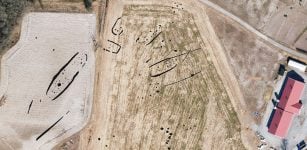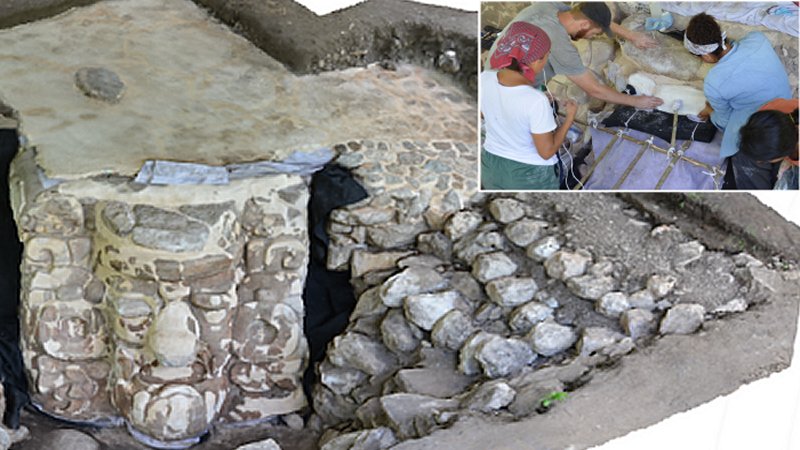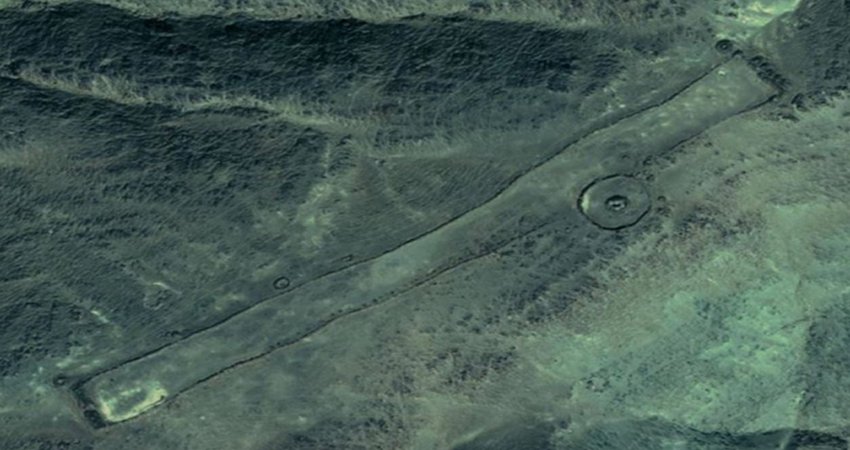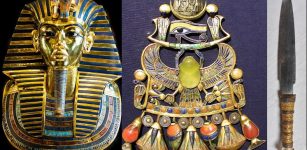Ancient Byblos: Powerful Phoenician City With Own Kings
MessageToEagle.com – According to the Amarna Letters and the annals of Thutmose III, Byblos (‘Papyrus’ in Greek), was dependent and subservient to Egypt for hundreds of years.
However, these ancient texts do not indicate the fact that the Phoenician city remained a wealthy city during this period as well.
Most of the ancient Phoenician cities were located along the coastline of what are today the modern nation nations of Israel and Lebanon.

The three primary Phoenician cities were Byblos, located the farthest to the north along this coastline, Tyre at the south end, and Sidon between the two.
Early in Phoenician history, Byblos was the most important of the three cities, and the oldest known historical mention of the city is on the ancient Egyptian “Palermo Stone,” dated to the reign of the Fourth Dynasty Egyptian king Snefru.
See also:
The Amarna Letters: Diplomatic Correspondence In Ancient Egypt
Palermo Stone: Oldest History Book Of Ancient Egypt
Ancient City Of Urkesh – Home Of Kumarbi – The Foremost Son Of Anu
Founded as Gebal by the Phoenicians, Byblos, is believed to have been continuously occupied between 8800 and 7000 BC. It’s among the oldest cities in the world. It’s located about 35 kilometers (23 miles) north of the capital Beirut in modern day Lebanon.
The modern port city of Byblos is built upon multiple layers of ancient ruins.
It was given its name by the Greeks, who imported papyrus from the city, which has a history of the diverse cultures, closely related to the Mediterranean for millennia.

It began as a small fishing village called Gubal (or Gebal) while the coastal region of the land, which the Greeks named Phoenicia, was known to the inhabitants as Canaan.
By 3000 BC, Byblos became a prosperous city through trade and the single most important shipping port for timber to Egypt and elsewhere. Byblos was also the first city to perfect ship-building and it is largely due to the craftsmanship of the shipwrights of Byblos that Phoenicians acquired their fame as sailors and “princes of the sea” (as they are referred to in the biblical book of Ezekiel).

It was also a time when the greatest powers of the ancient New East such as the Hittites, Babylon, Egypt clearly dominated the region and they divided smaller kingdoms amongst themselves. Byblos and most of Phoenicia fell under Egyptian control.
Archaeological evidence shows that during the period of Egyptian domination, ancient Byblos was a walled city that had both a land and a sea gateway and Byblos’ planning was rather advanced for the time. Byblos streets were built concentrically to the town center and canals carried rain and drainage water away and a number of funerary offerings that indicate that the inhabitants of Byblos prospered financially and materially despite their subordination to Egypt.
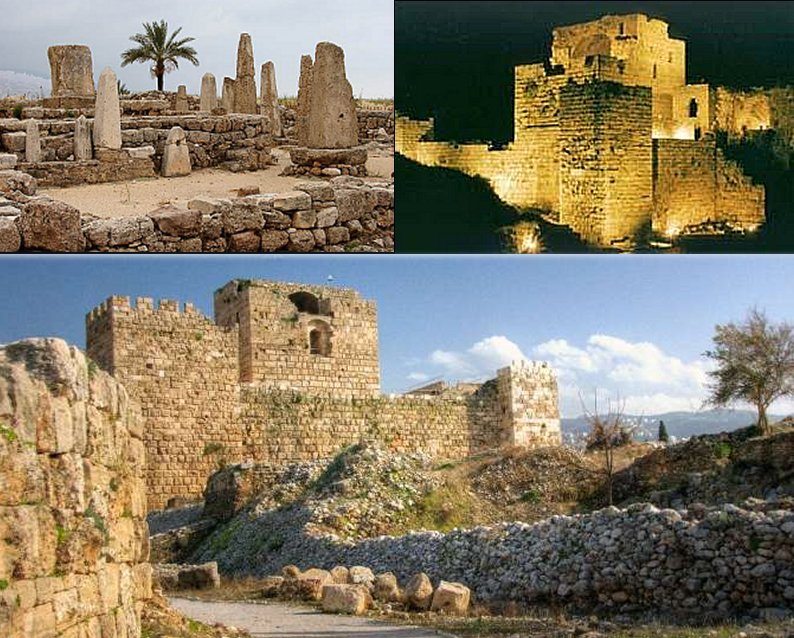
Historians believe that it was possible mainly due to trade with the Egyptians. The Phoenicians had the cedar and other wood for shipbuilding, tomb construction and funerary ritual, which the Old Kingdom’s pharaohs needed and in return, Egypt delivered gold, papyrus, alabaster and linen to Phoenicia.
At that time, the Phoenicians developed their alphabet of 22 characters, which replaced cuneiform in written communication. Through trade routes, the Phoenician alphabet traveled first to Greece around 800 BC and then spread to other countries through Greek merchants.
Between 1100 and 725 BC, Byblos declined in importance but later it began to prosper again.

This city has very turbulent history of at least 6,000 years, full of interactions with a variety of cultures, which left the Bronze Age’s monumental temples, the Persian fortifications, the Roman road, Byzantine churches, the Crusade citadel and the Medieval and Ottoman town.
Under Arab rule beginning 637 AD Byblos began to decline in wealth and importance. The great port was virtually ignored for centuries and thus, the city became an easy target for invading Crusaders in 1098 AD. Once the Crusaders had been driven out, the Muslim rulers continued to neglect the city, until it was completely forgotten for many centuries.
In 1860 AD, thanks to the French historian Ernest Renan, the ancient site was rediscovered and continuous excavations were organized in the years 1925-1975.
Copyright © MessageToEagle.com All rights reserved. This material may not be published, broadcast, rewritten or redistributed in whole or part without the express written permission of MessageToEagle.com
Expand for references







